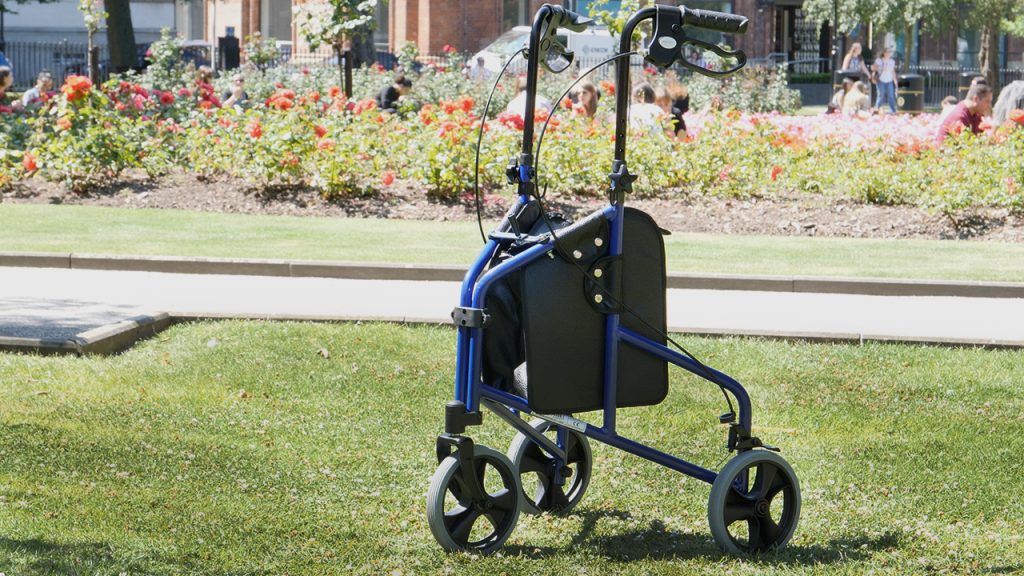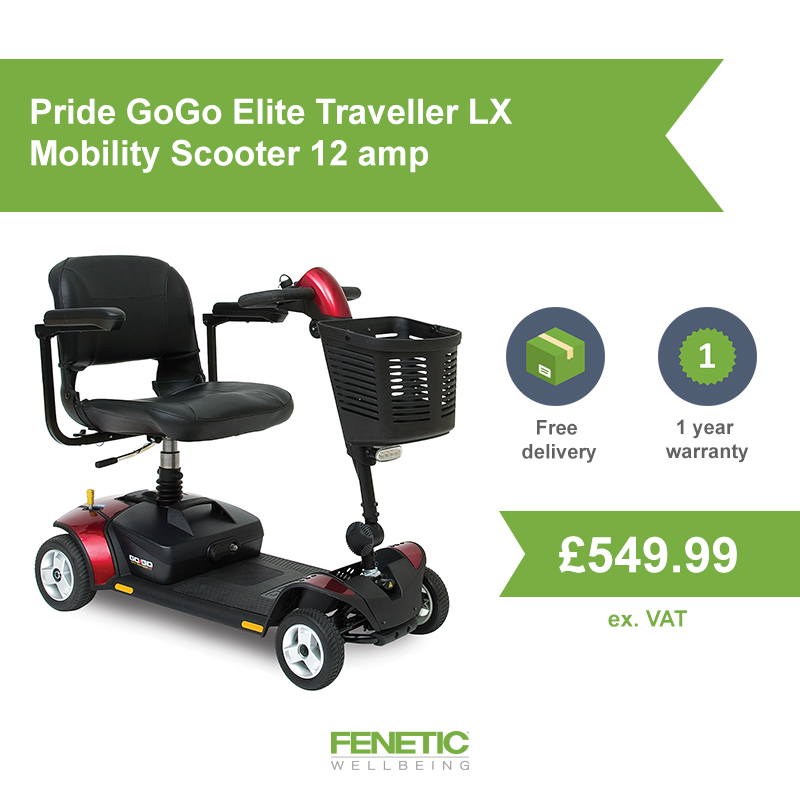Tips For Getting Around With A Mobility Issue

When old age rolls around, mobility issues can sometimes come with it.
A common side effect of ageing, they can make it hard for elderly adults to get around – and this can have a big impact on their independence and make even simple daily tasks a challenge.
Common issues with mobility range from problems with walking to difficulties getting in and out of your chair. Even if they’re only minor problems on their own, over time they really can affect your confidence and quality of life. And when you feel unsteady on your feet, this can increase the chances of falling, both in your home or when you’re out and about.
If you or someone you care about is affected by mobility issues, you know how difficult things can be. And how hard it can be to get around. To make life a little easier, we’ve put together a few tips help you get out and about.
Walking aids and wheelchairs
There are lots of specialist walking aids, including walking frames and walking sticks, that can enable you to get around more safely. With a little bit of help you can maintain your independence for longer. It can be a good idea to keep walking aids around the house, so you know they’re to hand when you need them. You can use them for support and reassurance when you head out for the day, too.
Some people will find that they have no choice but to use a wheelchair from time to time. Depending on your particular mobility issue, you might only need it if you’re heading out and about, while others will rely more heavily on it. Having a wheelchair (whether it’s electric or manual) can help give you the independence that you crave, and it can make you feel safe and secure.
Public transport
There’s no doubt that having mobility problems makes it more difficult to get around. But in recent years, transport has become more and more accessible for elderly and disabled people.
Here in the UK, all public transport vehicles must be ‘accessible’, so if you have mobility issues or a disability you should be able to use them. Buses and trains usually have priority seating available for people with disabilities (and elderly people). They can also be fitted with wide doors and automatic ramps that are suitable for wheelchair access. If you have one, guide dogs and assistance dogs are also allowed to come on board.
But if you’re planning on using public transport to get out and about, it’s always worth getting in touch with the transport operator in advance, just so you know for sure that they can give you the assistance you need.
Mobility scooters
If you have trouble with mobility, having your own mobility scooter can give you a sense of freedom like nothing else. Take a seat and you’ll be able to ride to the shops or into town on your own, and you’ll feel safe, secure and comfortable while doing so.



